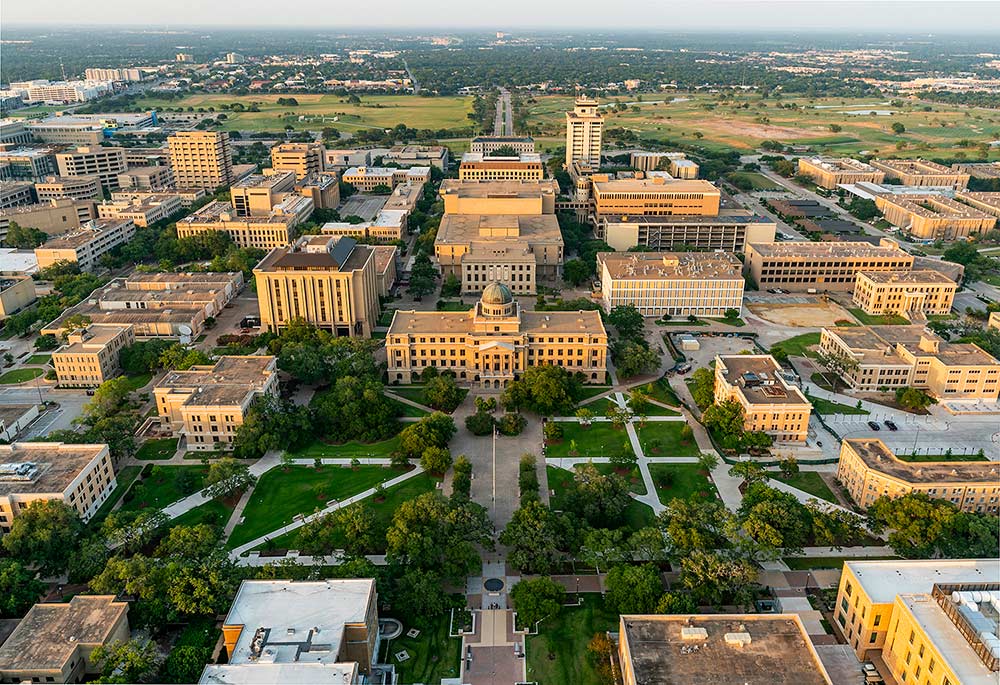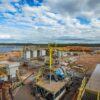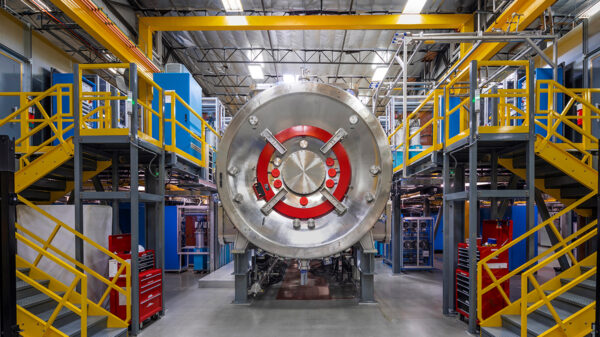Austin, Texas based startup, Last Energy Inc., plans to test its first pilot microreactor at Texas A&M University’s RELLIS technology campus in Bryan, Texas, as part of a broader federal push to accelerate nuclear innovation.
The company said on Thursday that the project was selected by the U.S. Department of Energy (DOE) for fast-tracked licensing under President Donald Trump’s newly announced Nuclear Reactor Pilot Program.
The program aims to bring advanced nuclear technologies to market faster while supporting America’s growing energy needs, particularly from artificial intelligence data centers that require continuous, zero-carbon power.
Last Energy’s microreactor will be the company’s first deployment and the first announced participant in the DOE’s pilot program. The company expects the unit to begin generating power for Texas A&M’s campus grid by mid-2026, according to CEO Bret Kugelmass.
He added that Last Energy plans to roll out its first commercial unit within two to three years after the pilot achieves operational approval.
Going commercial will require authorization from the U.S. Nuclear Regulatory Commission (NRC). However, the DOE’s pilot initiative calls for all participating reactors to “achieve criticality” by July 4, 2026, meaning they must sustain a controlled nuclear reaction.
President Trump launched the Nuclear Reactor Pilot Program in June 2025 through Executive Order 14301, which directed the DOE to reform and expedite nuclear testing. The department selected 11 advanced reactor projects to move toward deployment, including companies such as Oklo Inc (NYSE: OKLO), Radiant Industries Inc., Terrestrial Energy Inc., and Last Energy.
Read more: Startup reimagines nuclear energy with mile-deep micro-reactor pilot
Read more: French startup raises cash for new fourth-generation molten salt reactor
Department of Energy involves provides oversight
Each company will bear the full cost of designing, manufacturing, constructing, operating, and decommissioning its reactor. The DOE’s involvement provides oversight and regulatory guidance under the Atomic Energy Act, which authorizes the department to approve test reactors located outside national laboratories.
The goal is to construct, operate, and bring at least three reactors to criticality by the July 2026 deadline. According to the DOE, the initiative is part of a broader White House strategy to re-establish the United States as a global leader in nuclear technology while strengthening energy security and reliability.
For Last Energy, the Texas A&M project represents a crucial step toward demonstrating commercial readiness. The company’s microreactor design is a 20-megawatt commercial-scale unit. Furthermore, it plans to operate the pilot at five megawatts during testing. The plant will use the same nuclear fuel configurations and pressurized-water technology found in large-scale reactors.
Kugelmass indicated that each commercial-scale reactor will cost roughly USD$100 million and could be rapidly deployed.
There is growing urgency across the energy sector to expand next-generation nuclear power as a dependable alternative to fossil fuels. AI data centers are driving much of the current demand for around-the-clock, zero-emission energy sources. However, the technology remains expensive and unproven at scale.
Read more: UK nuclear site set for revival as fusion fuel and medical isotope hub
Read more: Japan launches new experimental nuclear fusion reactor
Texas A&M signed agreements with four nuclear developers
Last Energy selected Texas A&M’s RELLIS campus because of its connection to the Texas power market.
The reactor will be linked to Texas A&M’s microgrid, which connects to the larger state grid, according to David Staack, deputy vice chancellor for research at the university’s engineering school. The project will allow researchers to study how small modular reactors (SMRs) integrate into existing grid systems.
Earlier this year, Texas A&M signed agreements with four nuclear developers to test various reactor technologies. The university hopes to become a national hub for nuclear research and education.
In addition to Last Energy, several startups and firms are racing to deploy microreactors and SMR across the United States. Companies such as Oklo, TerraPower, and NuScale Power (NYSE: SMR) are pursuing similar designs aimed at decentralizing power generation. These compact units can be built offsite and installed at industrial facilities, remote communities, or university campuses.
The DOE said the diversity of selected projects showcases the breadth of American innovation in nuclear technology. Furthermore, the agency emphasized that accelerating reactor testing outside national labs could shorten licensing timelines and attract private investment.
.
joseph@mugglehead.com













